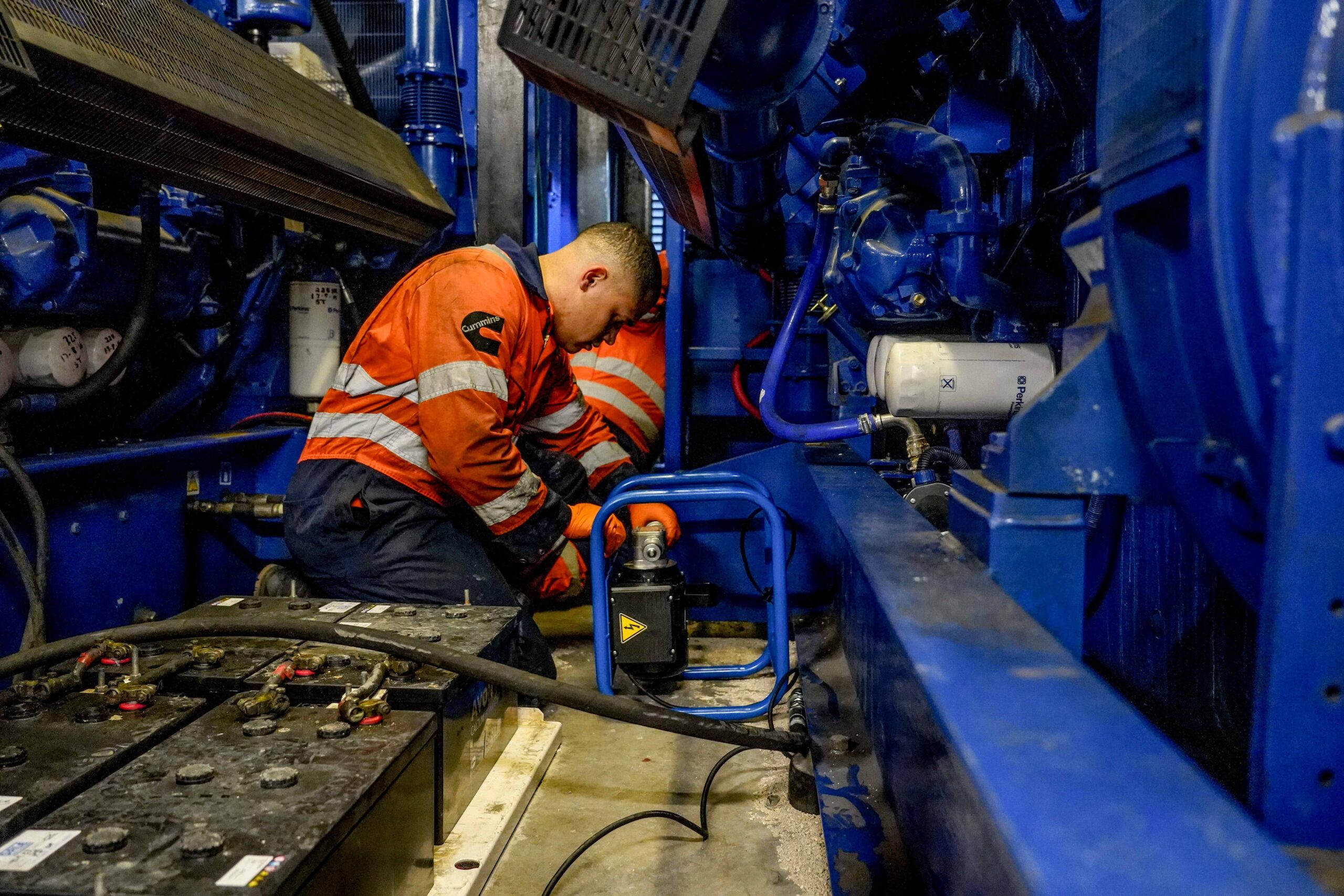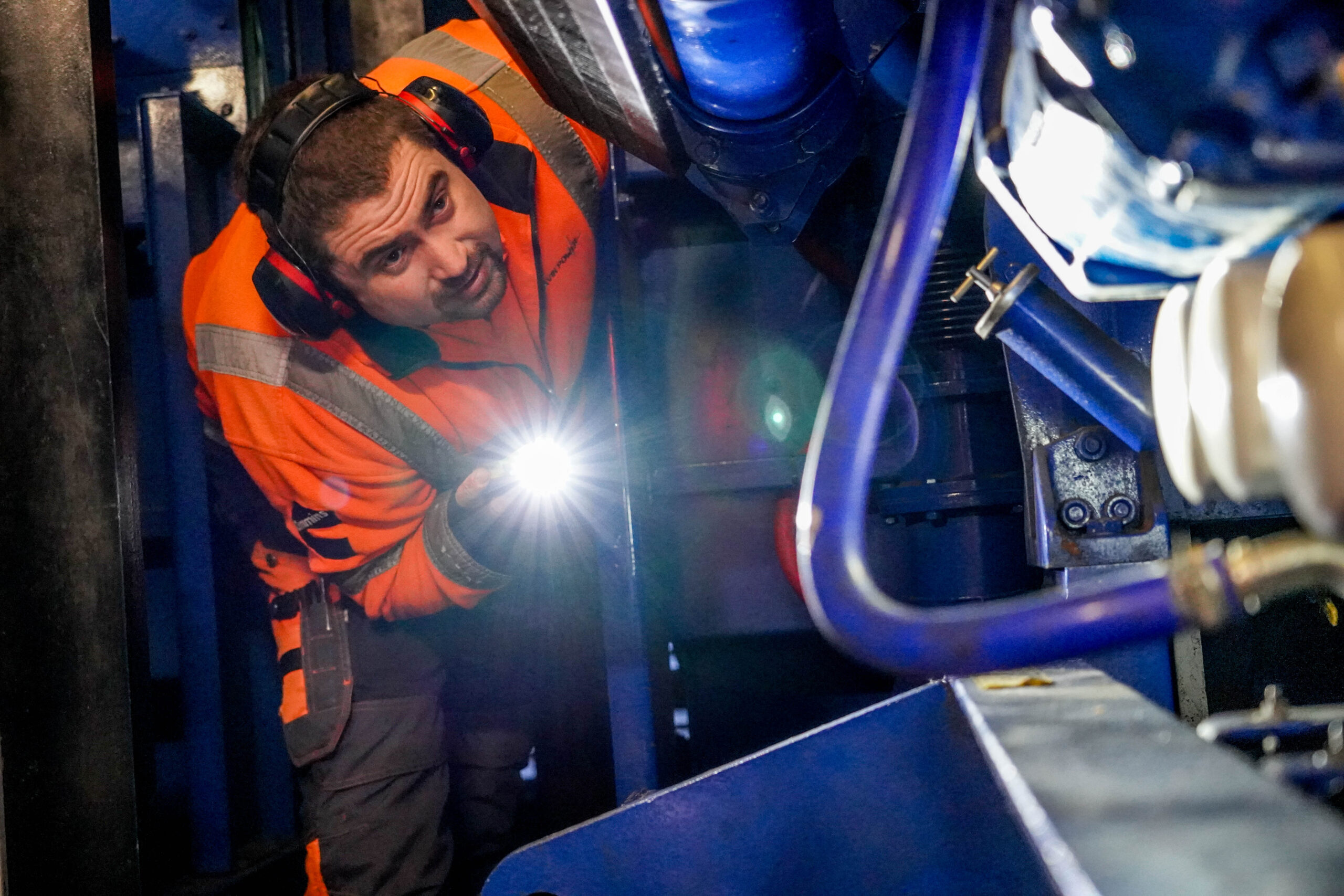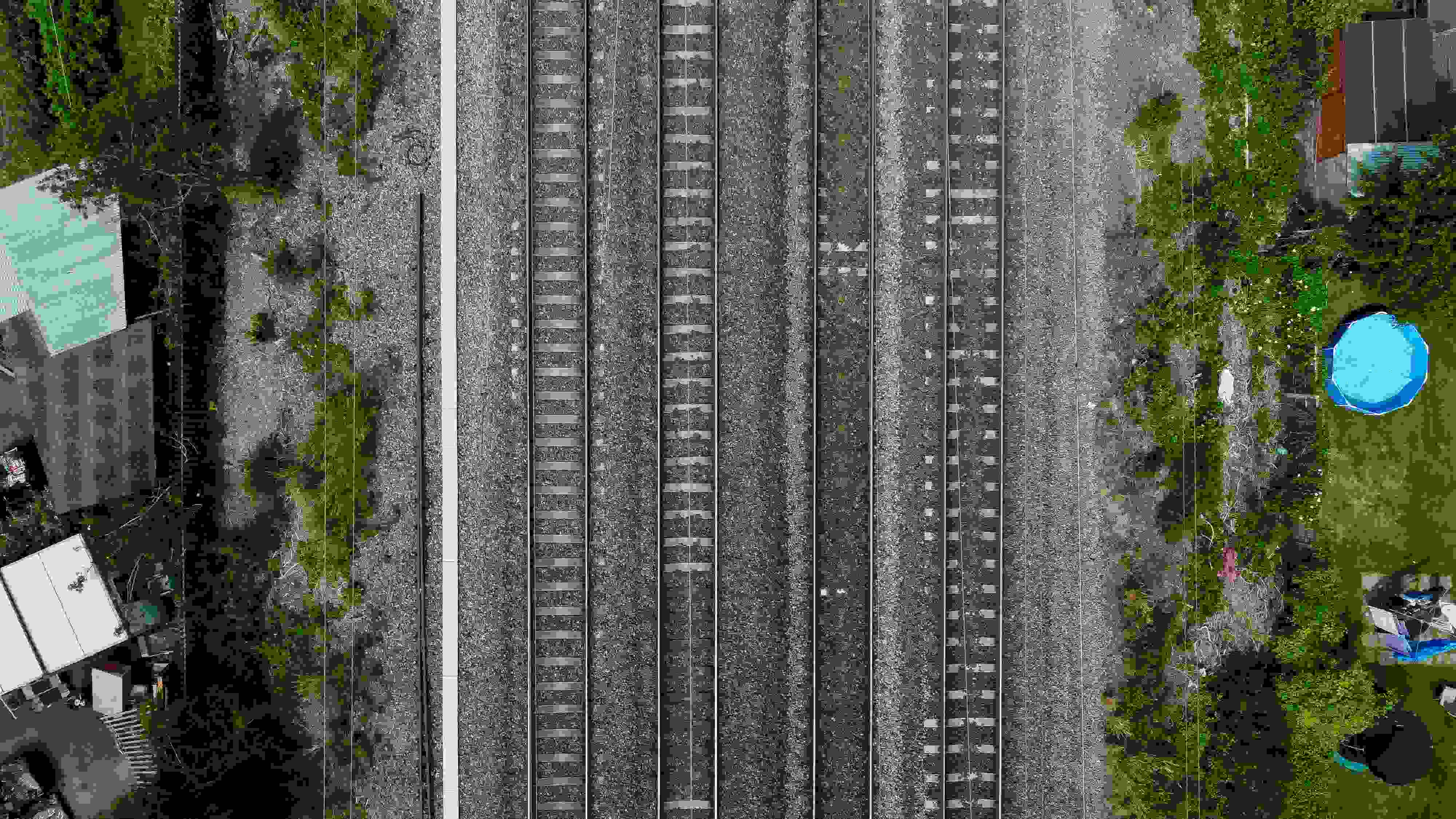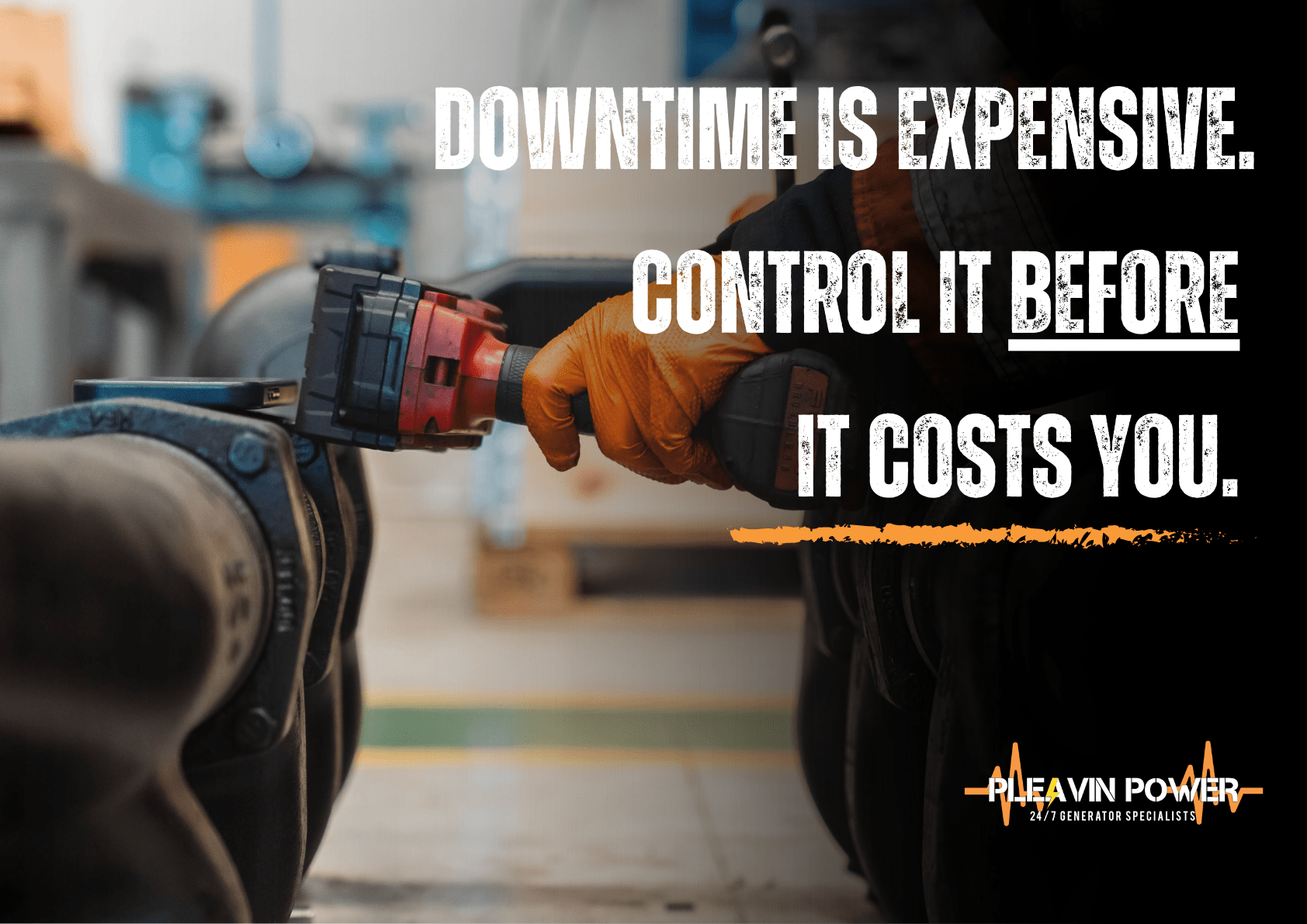Public transport systems are extremely complex, where the performance of every component can impact the smooth running of the entire network.
This is why it’s so crucial for the UK’s rail and transport systems to have comprehensive contingency plans in place. These need to cover worst-case scenarios such as unexpected power outages and storms, which can majorly disrupt transport systems and perhaps even endanger life.
At the heart of these contingency plans are backup generators, which can keep critical safety and operations systems online until mains power is restored.
What Role Do Backup Generators Play In UK Rail Systems?
The UK’s trains, trams and underground transport networks rely heavily on power. If it goes out even for a minute or two it could lead to catastrophic consequences.
This is why backup generators are needed, as a secondary source of power which can kick in automatically the moment an outage is detected. They act as a safety net, to keep systems running without interruption if the worst should happen.
Another key use for generators is within infrastructure projects. Network Rail is currently undertaking a number of major rail infrastructure projects, including East West Rail and the Transpenning Route Upgrade, and of course, there’s HS2.
During these kinds of works, backup generators are an essential source of power. They’re particularly useful in remote areas or harsh environments, where access to reliable mains power is hard to achieve.

How Do Emergency Power Systems Ensure Transport Continuity?
A large number of critical systems within transport networks depend on a reliable and uninterrupted power supply.
This includes passenger-facing systems like lighting, departure boards and ticketing, as well as core operations such as signalling, switching and control centres.
In the case of a power cut, it’s important to ensure these systems and services still have access to power with minimal or no interruption. This is why contingency planning is so crucial in the transport sector.
An emergency power supply will be automatically triggered in this kind of situation. In most cases, it is ‘mission-critical’ operations that will be prioritised, to ensure continuity of major services across the network.
Typical Power Requirements For Rail Infrastructure
Nearly every part of the UK’s rail and transport network requires power, such as:
- Station infrastructure – such as lighting, lifts, ticketing, customer information screens, public address systems and security systems (CCTV, alarms and barriers)
- Signalling systems – such as interlockings, level crossings, circuits, switching and more
- Control centres and data communication networks
- Rail depots and maintenance yards.
Each will have their own power demands and requirements. For example, a small rural station may need just 50 kW, while major urban interchanges have a much higher demand at around 1 mW or perhaps even more.
This is why railway power backup systems need to be properly designed, planned and tailored to the exact needs of the site, to ensure the right size generators are used.
How Do Backup Generators Work During Power Failures?
Backup generators are typically fitted with something called an automatic transfer switch (ATS), which automatically switch power sources during outages. They provide a certain level of power, whether for a few core operations and safety systems or a whole station, for example.
This keeps everything running, so that the lights stay on, announcements continue and of course, train services can be operated safely.
As the name suggests, backup generators are designed for emergency situations, not to keep running indefinitely. They will provide standby power until the mains power is restored, whether that happens when a local fault is fixed or an issue with the national or regional grid is resolved.

Integration With Existing Power Grids In Transport Hubs
To work effectively, backup generators and other emergency power supplies need to be properly integrated with existing power grids in transport hubs and along railway networks.
The main way this is done is through automatic transfer switches (ATS) and dual power feeds. This is where a station, for example, is connected to two independent power sources – so if one fails, the other takes over.
The aim is to ensure a seamless switch from mains power to generators in the case of an outage. This is often achieved with the help of and uninterruptible power systems (UPS), which bridge the gap while generators start up.
For generators and UPS systems to be installed, engineers need to work closely with both Network Rail and the National Grid, especially for large depots and hubs.
Maintenance And Testing Of Rail Power Backup Systems
Along with expert design and installation, rail power backup systems also need to be regularly maintained and tested to remain effective.
Without a schedule of routine maintenance, servicing and testing in place, there’s no guarantee the backup power supply will work when needed. This could render the whole system redundant, as it won’t provide emergency power for transport systems when they need it most.
Among the many checks needed are:
- Load testing
- Failover drills
- System audits
- Fuel checks, oil changes and battery testing.
If nothing else, it’s a regulatory requirement. Network Rail and other public transport operators must adhere to standards such as BS EN 50129, which stipulate particular safety requirements for electronic systems used in railway signalling.















